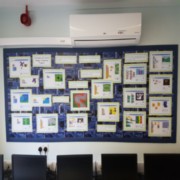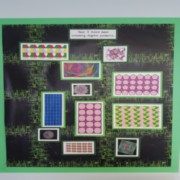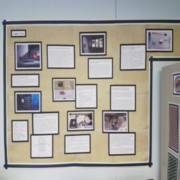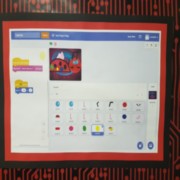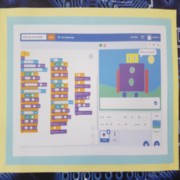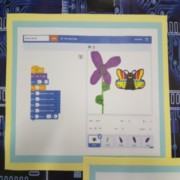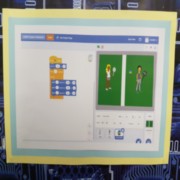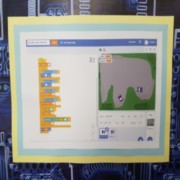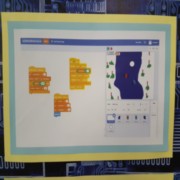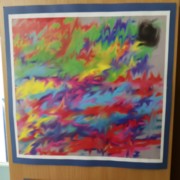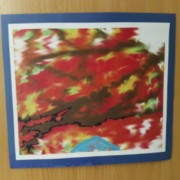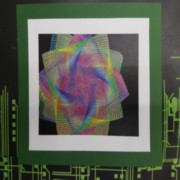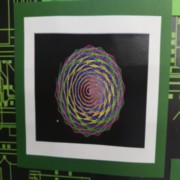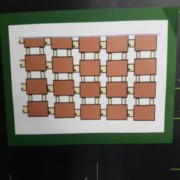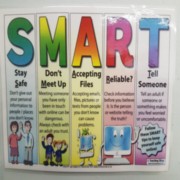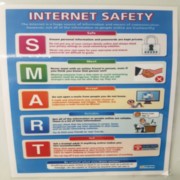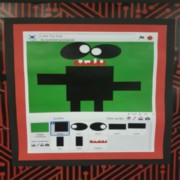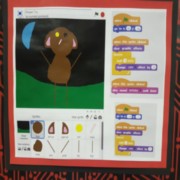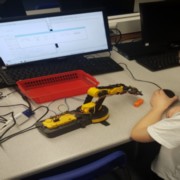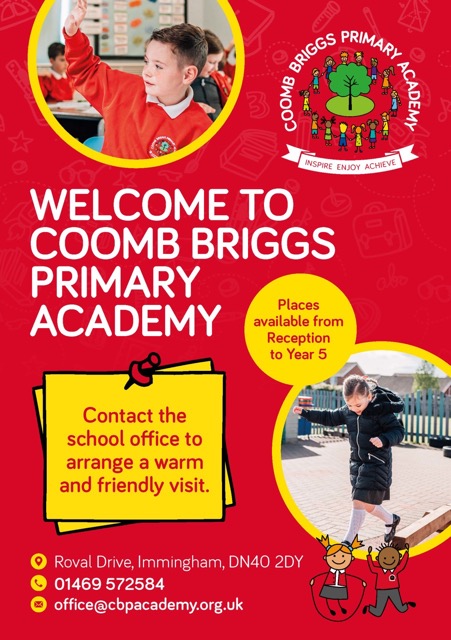
Our aim is to provide an enjoyable, exciting and inspiring curriculum that equips our learners for the rest of their lives.
Curriculum Intent, Implement, Impact
At Coomb Briggs Primary School, we believe that the curriculum is a powerful tool that promotes a love of learning and willingness to explore and the time to enjoy a breath of activities. Our curriculum includes not only the formal requirements of the National Curriculum, but also the various out of school hours activities that are organised in order to enrich the children’s experience.
We enrich it by our strong ethos based on respect for ourselves and others, equality and a sense of wonder at the world we live in. We are committed to developing the whole child. Our children will have the opportunity to be creative, to be physically active and to be academically challenged.
Each child is recognised as a unique individual and we both welcome and celebrate differences within our school community.
The ability to learn is underpinned by the teaching of basic skills, knowledge, concepts and values with a vision to prepare them for life beyond primary school. We constantly provide enrichment opportunities to engage learning. We believe that children should be happy and be able to investigative and enquire, where there are no boundaries to curiosity but a thirst for new experiences and knowledge. Our motto is ‘Inspire, Enjoy and Achieve’ and we believe our curriculum will do exactly that…Inspire children to Enjoy their learning and Achieve their full potential.
An integral part of our curriculum is the partnership with families and friends and we believe that, by working together, we can further our children’s understanding and knowledge of the world by using people around us to help support our journey. We regularly welcome families and friends into school for open days and events where they can be a part of their child’s journey.
Our children leave school with a sense of belonging to a tightly knit community where they have the confidence and skills to make decisions, self-evaluate and become confident, lifelong learners having achieved to the best of their ability.
Subjects
Topics
Click on the tabs below to view the topics for each Key Stage.
|
|
AUTUMN |
SPRING |
SUMMER |
||||
|
Term 1 |
Term 2 |
Term 1 |
Term 2 |
Term 1 |
Term 2 |
||
|
KS1 SCIENCE CURRICULUM |
Materials Properties of materials Suitability of materials What are toys made from? |
Year 1 – Materials continued → Observe changes in the weather/seasons Year 2 – Living things and their habitat Identify living things in their habitat and learn about how their habitat is suited to them. Learn about how animals and plants depend on one another |
Year 1- Animals including humans. Identify and name a variety of common animals that are carnivores, herbivores and omnivores Describe and compare the structure of a variety of common animals (fish, amphibians, reptiles, birds and mammals including pets) Year 2- Animals including humans. Notice that animals, including humans, have offspring which grow into adults Find out about and describe the basic needs of animals, including humans, for survival (water, food and air) Describe the importance for humans of exercise, eating the right amounts of different types of food, and hygiene. |
||||
|
Physics – Seasonal Changes (taught throughout the year) Observe changes across the four seasons; observe and describe weather associated with the seasons and how day length varies. |
|||||||
|
KS1 DESIGN TECHNOLOGY |
Puppets Select a range of suitable materials Use a range of tools: cutting, gluing, sewing Evaluate the product against design criteria |
During this half term the children will focus on Art and Design |
Moving Pictures Design purposeful, functional, appealing products for themselves and other users based on design criteria. |
||||
|
KS1 COMPUTING – |
|||||||
|
KS1 HISTORY CURRICULUM |
Toys Changes in toys over time First Teddy bear made (Link to Science – materials for different toys) (Link to Health ed – Teddy bears picnic) |
During this half term the children will focus on |
History of the circus Changes within living memory. Where appropriate, these should be used to reveal aspects of change in national life. The children will look in detail how the circus has changed from past to present. They will also look at history of the clown. |
||||
|
KS1 GEOGRAPHY CURRICULUM |
During this half term the children will focus on History |
Around the World Locational knowledge: name and locate the World’s seven continents and five oceans. Name, locate and identify characteristics of the four countries of the United Kingdom and their capital cities. Place Knowledge: Understand the geographical similarities and differences through studying a small area of the UK and a small contrasting non-European country. (Link to RE – festivals around the World) |
Year 1- Location Knowledge
Year 2 -During this half term the children will focus on History |
||||
|
KS1 PE CURRICULUM |
Gym/dance – Developing balance, agility and co-ordination, and begin to apply these in a range of activities. Multi-skills- throwing, catching, aiming and striking games – Master basic movements including running, jumping, throwing and catching, and begin to apply these in a range of activities. |
Gym/dance – Perform dances using simple movement patterns. (Link to RE – Festivals around the World). Gym/dance linked to the circus. Multi-skills- throwing, catching, aiming and striking games – Master basic movements including running, jumping, throwing and catching, and begin to apply these in a range of activities. |
|||||
|
KS1 RE CURRICULUM
|
During this half term the children will focus on Health Education |
Festivals around the World Observe and participate in different festivals around the world such as Diwali and Christmas |
During this half term the children will focus on Health Education |
|
|
||
|
KS1 RSE & HEALTH EDUCATION CURRICULUM |
Relationships Focussing on feelings and emotions, friendships and how our behaviours can affect how others feel. |
During this half term the children will focus on RE |
Year 1 Healthy Relationships: Co-operation and resolving arguments Special people Physical contact, touch, acceptable, unacceptable Year 2 Personal hygiene Growing and changing Naming body parts including the difference between boys and girls. The difference between appropriate and inappropriate touch. |
||||
|
KS1 ART & DESIGN |
During this half term the children will focus on Design Technology |
Christmas Art To use drawing and painting to develop ideas and experiences Look at an artist linked to colour. |
During this half term the children will focus on Design Technology |
||||
|
KS1 MUSIC CURRICULUM |
Feel the Pulse – exploring sounds using voices and looking at beat Use their voices expressively and creatively by singing songs and speaking chants and (Link to Health Ed – Ourselves and Feelings)
|
What’s the Score – exploring instruments and symbols. Play tuned and un-tuned instruments musically Exploring timbre and texture, listen with concentration and experiment with sound. (Link to Geography – Our Land) |
Year 1- Beat and Pitch Recognising a sense of steady beat. Keeping in time with a steady beat Understanding pitch. Making high and low vocal sounds. Playing high and low pitches in music. Year 2- Sailing away singing festival. Use their voices expressively and creatively by singing songs and speaking chants and rhymes. Listen with concentration and understanding to a range of high-quality live and recorded music. Experiment with, create, select and combine sounds using the inter-related dimensions of music |
||||
